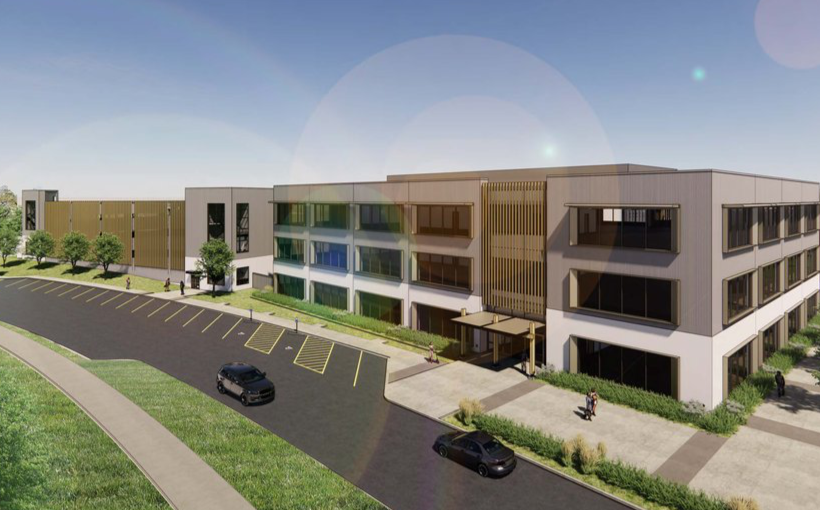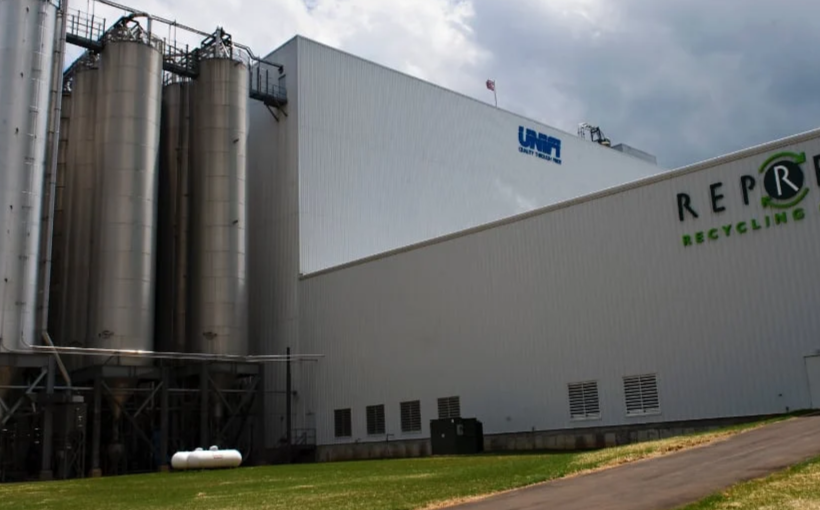HUD/FHA Financing: A Viable Option for Commercial Real Estate Borrowers
In the current lending landscape, many groups have scaled back their commercial real estate lending activity. However, one option that is gaining popularity among borrowers is HUD/FHA financing. We spoke with David Strange, senior managing director at Walker & Dunlop, to get his expert insights on this topic.
Q: Can you discuss some of the options available to borrowers through FHA programs?
A: FHA primarily offers financing for two asset classes – multifamily and senior housing (including assisted living facilities and skilled nursing homes). Within these platforms, borrowers can choose from construction loans, acquisition loans, refinancing options or rate modifications.
Q: Have you been recommending these programs more frequently lately?
A: Yes. Historically speaking, HUD’s program has been countercyclical in nature as it aims to provide capital during times when other lenders are pulling back or exiting the market. Currently we are seeing a lot of new construction deals being financed through HUD’s 221(d)(4) program – even clients who would typically consider traditional lenders such as banks or life companies are now turning to HUD due to limited availability and higher costs associated with those options.
Q: In addition to being available when other sources may not be an option for funding projects what other benefits do borrowers see with FHA financing?
A : One major advantage is having access long-term fixed-rate non-recourse fully assumable debt service pattern loan products . For refinancing purposes there is a 35-year amortization term while construction-perm loans offer interest-only payments during the building phase followed by a locked-in rate guaranteed throughout its 40-year amortization period . Additionally , mortgagors also have the opportunity reduce their note rates via note modification under Hud’s Interest Rate Reduction (IRR) program . Between ‘19-‘21 most existing portfolio mortgages were either refinance d o r modified .
Q: What are some of the challenges borrowers may face when trying to qualify for this type of financing?
A: Timing has always been a consistent challenge. A typical refinancing process takes about six months, which is longer compared to other debt platforms that take two to four months. Similarly, construction-perm loans can take up to 12 months depending on the status of plans and reports . During ‘19-‘21 , when interest rates were significantly lower than usual , HUD’s workload increased due t o high demand for refinancing and note modifications as well as new construction projects . This led t o delays in processing applications resulting in a backlog or “queue” at certain offices causing developers opt ing f or conventional construction debt instead . However, today HUD is operating at normal levels without any backlog .
Q: Can you explain how the D4 program works and why now might be an ideal time for borrowers looking into it?
A : The D4 program offers very few options right now making it an opportune time explore FHA financing. Additionally , there are three steps involved with applying through this program – each step reduces risk while increasing costs associated with pursuing loan approval from HUD.
The first step involves submitting a Pre-Application along with market studies appraisals environmental site assessments (ESA) credit underwriting fees etc.. After reviewing these documents within two month s HU D will either issue an invitation letter inviting applicants submit full application including detailed plans specifications guaranteed bids etc., or reject their proposal.
Once invited applicants move onto second phase called Firm Application submission where they must provide updated appraisal market study architectural engineering cost review energy design intent report among others things all which help mitigate risks associated getting approved by Hud .
After another couple month s HU D issues final decision issuing Firm Commitment if approved followed by rate lock closing approximately 45 days later allowing clients begin constructions once closed.
Q : So one reason why now would be good opportunity launch project through this program is that the financing will be in place by time borrower ready to begin construction?
A: Yes, currently timing isn’t proving to be a hindrance as most developers are taking their time with projects due anticipation of rising construction costs and interest rates over next 12 months.
The post Walker & Dunlop’s David Strange Talks FHA Financing for Multifamily appeared first on Connect CRE.




